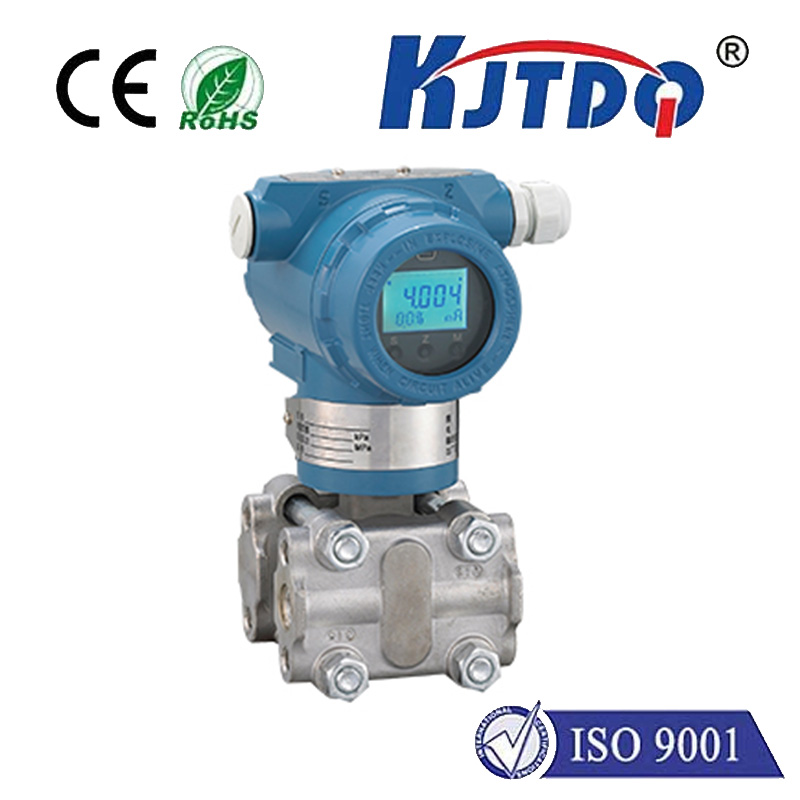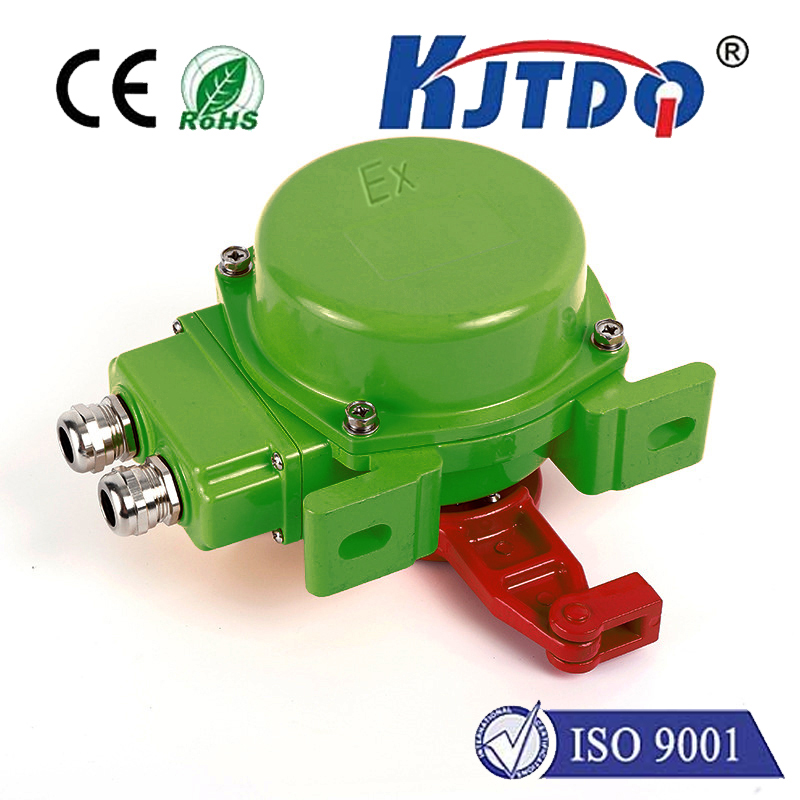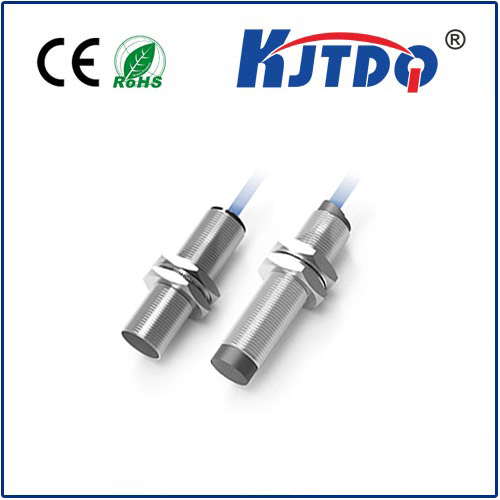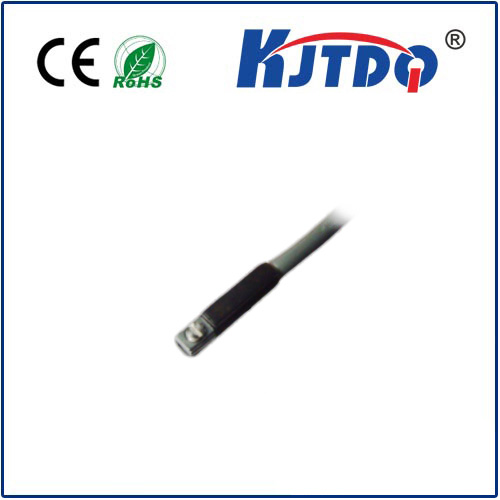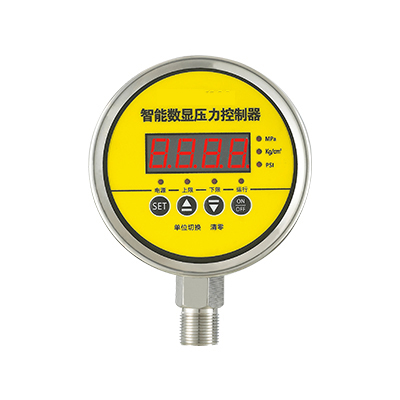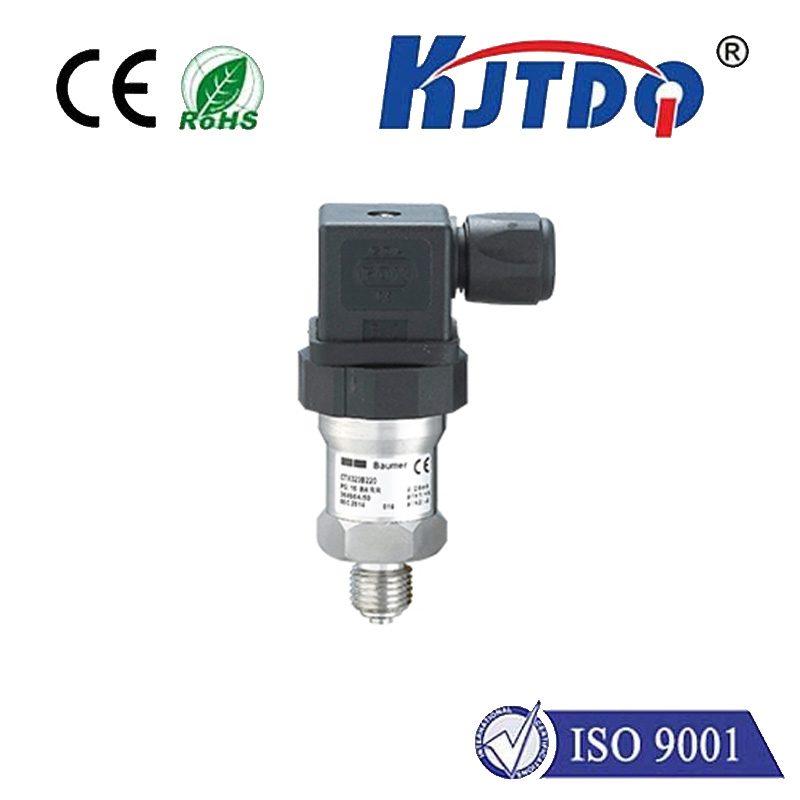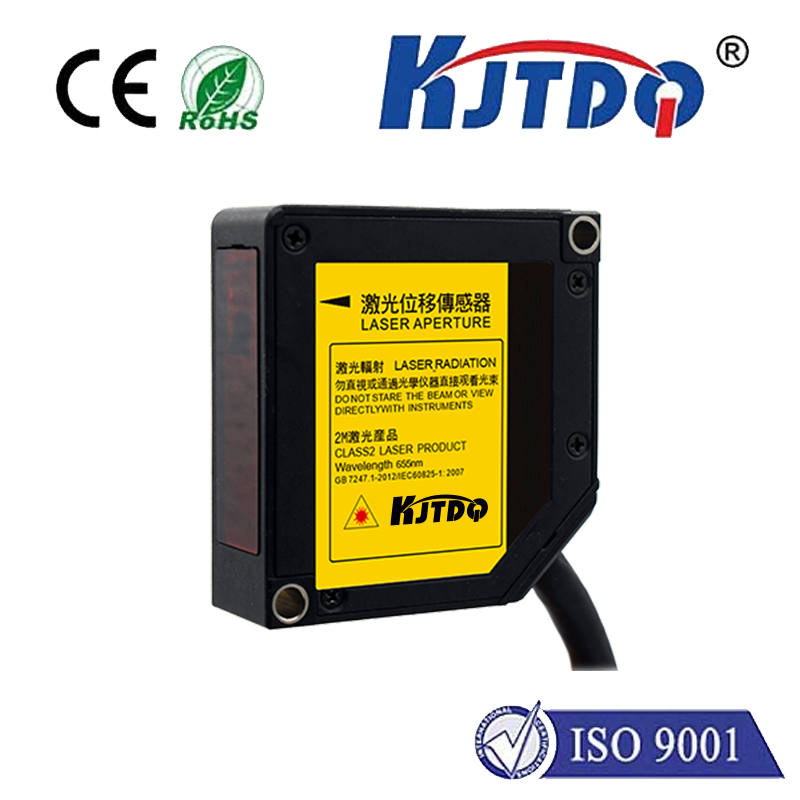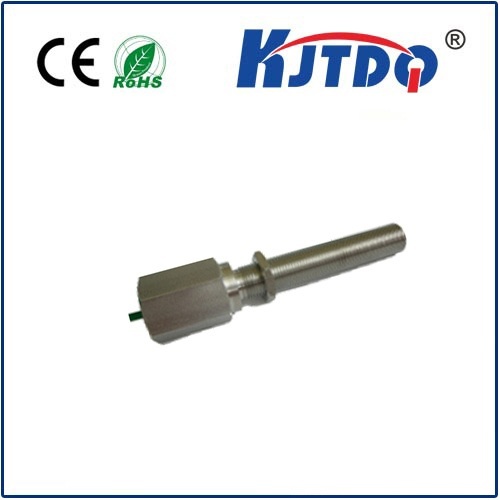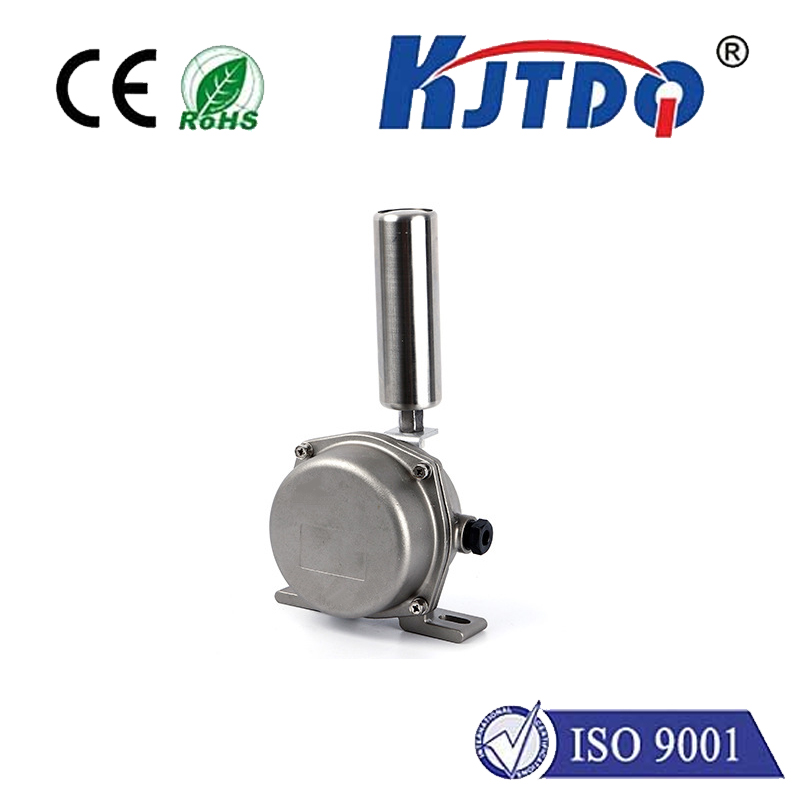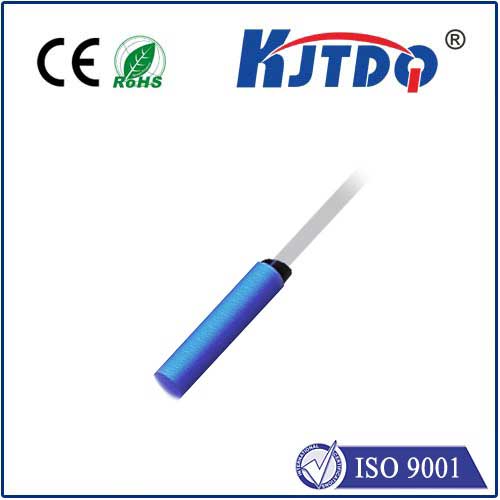

check

check

check

check

check

check

check

check

check

check
Introduction:
Inductive switch sensors are a crucial component in various electrical systems. They work based on the principle of electromagnetic induction, which allows them to detect and switch electrical currents efficiently. This article aims to provide a comprehensive overview of inductive switch sensors, including their function, types, and applications in different fields. By understanding these fundamental aspects, you can make informed decisions when selecting and using inductive switch sensors effectively.
Section 1: Function of Inductive Switch Sensors
Inductive switch sensors are designed to detect changes in electrical current and switch the flow of electricity accordingly. They operate based on the principle of electromagnetic induction, which involves creating an electromagnet by passing an electric current through a coil of wire. As the current flows through the coil, it generates an electromagnetic field that interacts with the magnetic properties of nearby materials. When a conductive object approaches the sensor, it interrupts the magnetic field, causing the sensor to switch its operation. This results in the opening or closing of a circuit, allowing or blocking the flow of electricity.
Section 2: Types of Inductive Switch Sensors
There are several types of inductive switch sensors available in the market, each with unique characteristics suited for specific applications. Some popular types include:
1. Coil-type: These sensors consist of a coil of wire enclosed within a plastic casing. The coil is typically made of copper or steel and can be easily replaced if damaged. Coil-type sensors are widely used in automotive systems, industrial controls, and consumer electronics.
2. Sock-type: Similar to coil-type sensors,sock-type sensors feature a coil wrapped around a metal sock. However, they have a larger contact area for better switching performance. Sock-type sensors are commonly found in door locks and security systems.
3. Hall-effect: These sensors utilize the Hall effect principle, which involves detecting changes in the magnetic field around a conductor. Hall-effect sensors are highly accurate and reliable and are commonly used in sensing applications such as position detection and temperature monitoring.
Section 3: Applications of Inductive Switch Sensors
Inductive switch sensors have numerous applications across various industries, including:
1. Automotive systems: Inductive switch sensors are used extensively in automotive systems, such as door locks, ignition switches, and power windows. They help ensure the safety and convenience of drivers and passengers by providing reliable and seamless operations.
2. Industrial controls: Inductive switch sensors are employed in industrial control systems for monitoring and controlling machinery and equipment. They allow operators to quickly detect and respond to potential problems before they result in significant damage or downtime.
3. Consumer electronics: Inductive switch sensors find application in consumer electronics like remote controls, gaming consoles, and power buttons on mobile phones. They enable users to interact with devices conveniently and safely by providing intuitive switching mechanisms.
Conclusion:
Inductive switch sensors play a critical role in enabling efficient and safe operations of electrical systems across various industries. Understanding their function, types, and applications can help you select and use them effectively in your projects or applications. With this knowledge, you can make informed decisions about the right sensors for your needs and achieve optimal performance from your system.
